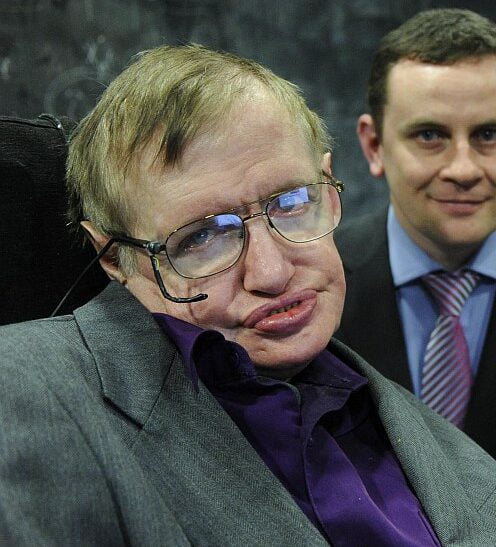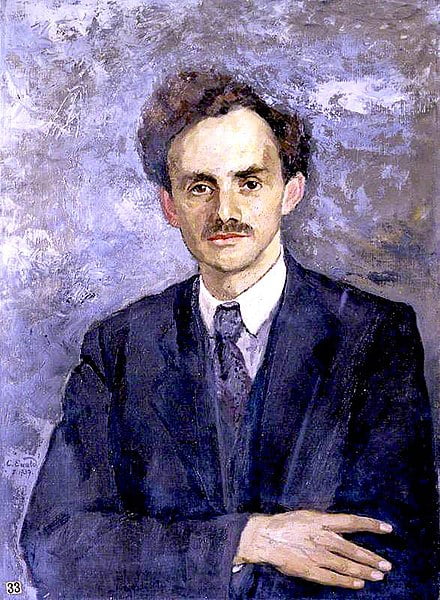| Nationality | Pakistani-born Canadian |
| Alma Mater | – University of Karachi (BSc, MSc) – University of Leeds (PhD) |
| Position | Professor at the Cumming School of Medicine, University of Calgary |
| Notable Achievement | The first scientist to connect brain cells to a silicon chip, creating the world’s first neurochip |
| Research Focus | – Cellular and molecular mechanisms underlying brain development and plasticity – Effects of various anesthetic agents on brain cell communication and cytotoxicity |
| Publications | – Author of over 130 highly cited research papers published in prestigious journals such as Nature, Science, and Neuron |
| Innovations | Produced several dozen inventions and innovations |
| Honors and Awards | – Outstanding Scientist Award from the Asian Community in Toronto (2004) – Canadian Sensation Award from South Asian Media Express Network (2012) – Distinguished Achievement Award for Outstanding Contributions to Biomedical Research by Pakistan-Canada Association (2012) – Outstanding Collaboration Award, Schulich School of Engineering (2012) – Canadians for Global Care Award of Recognition (2015) – Tamgha-e-Imtiaz (Medal of Excellence) by the government of Pakistan (2017) – Canada-150 Medal by the Canadian Senate (2017) |





